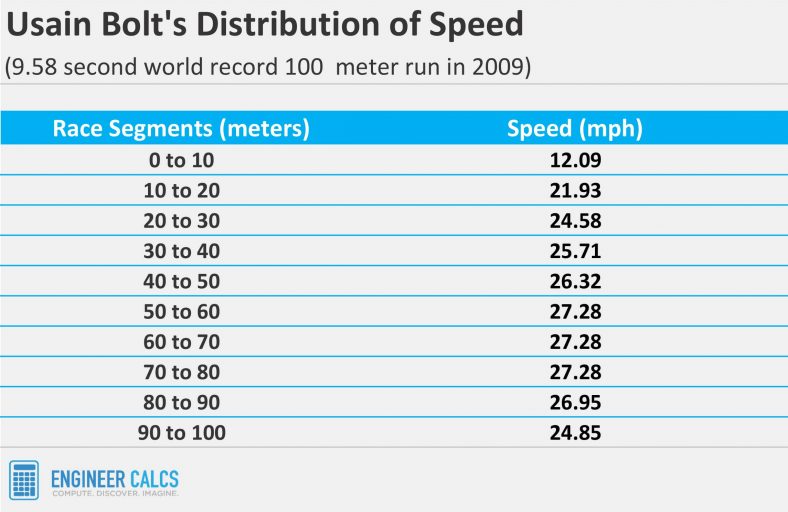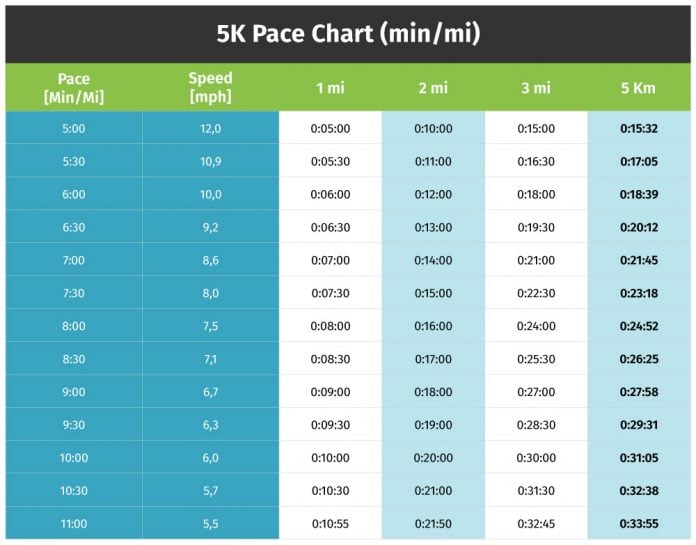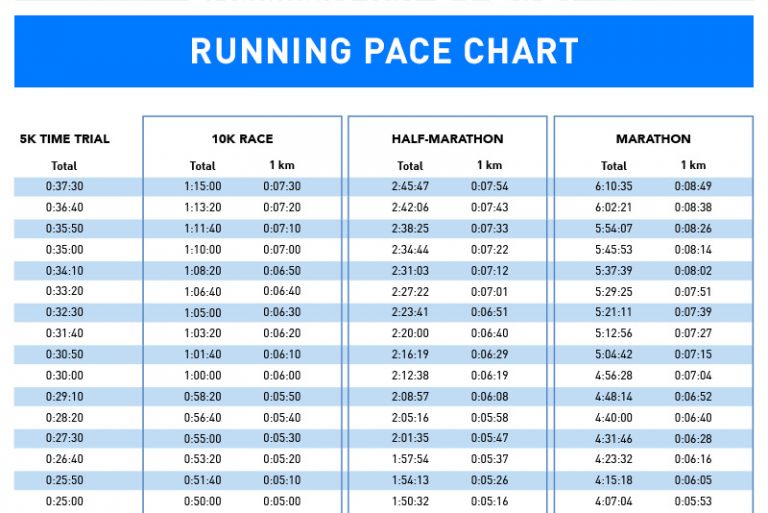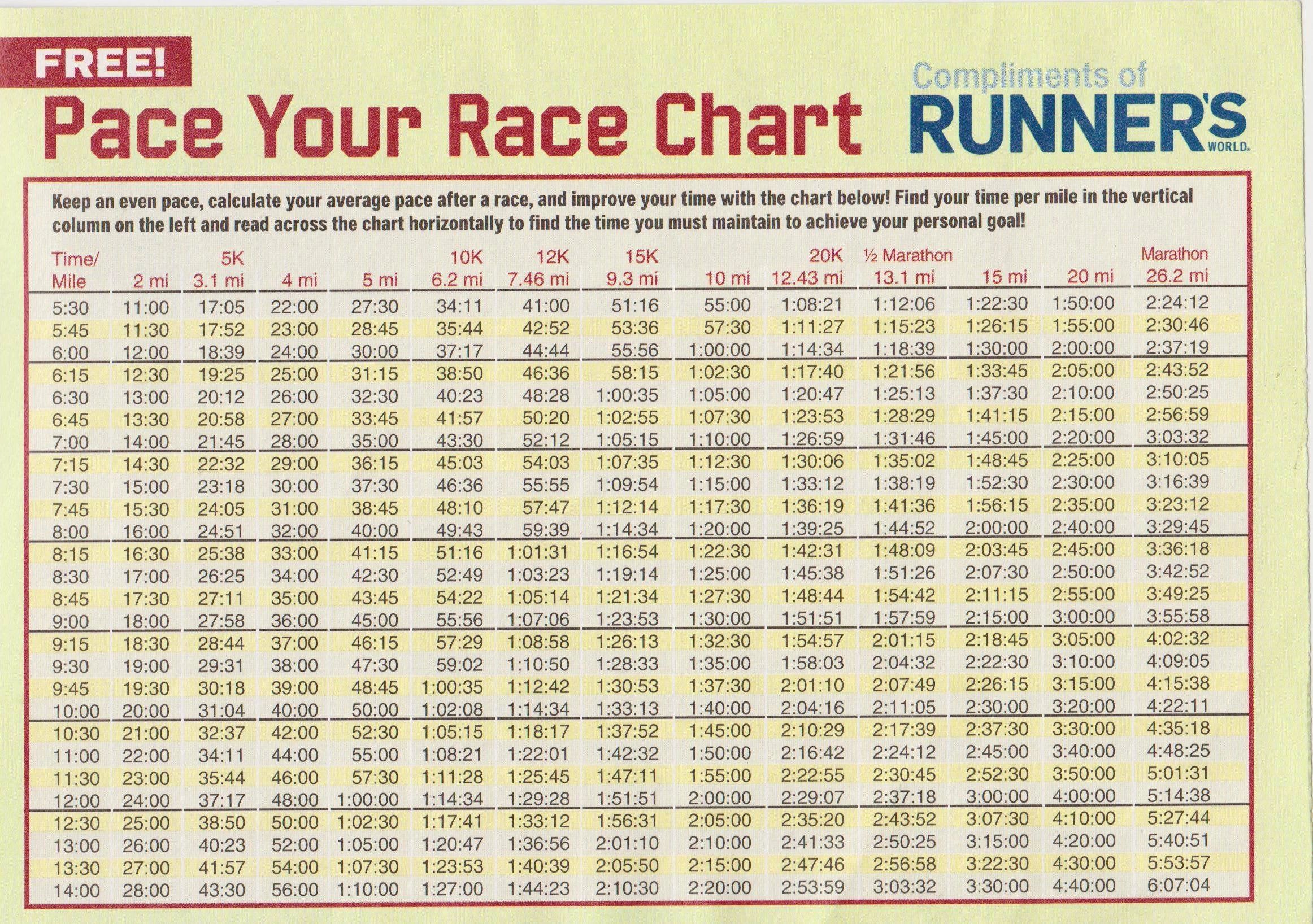Understanding the Basics of Running Pace
Running pace is a crucial concept for anyone interested in jogging or long-distance running. It refers to the speed at which a person completes a mile, providing a quantifiable measure of a runner’s performance. The term “what is an average running pace” is often used to describe the typical speed at which most runners complete a mile. However, it’s essential to note that an average running pace can vary significantly depending on factors such as age, fitness level, and running distance.
Relevance of Running Pace
Knowing your running pace is essential for several reasons. First, it helps track progress over time, allowing you to see the tangible results of your training efforts. By monitoring your running pace, you can identify areas of improvement, celebrate achievements, and maintain motivation.
Second, understanding your running pace is crucial for setting realistic goals. Aiming for a running pace that is too fast can lead to frustration, burnout, or even injuries. Conversely, setting a running pace that is too slow may not provide the challenge needed to foster growth and improvement. By knowing your current running pace, you can establish goals that are both attainable and push you to become a better runner.
Lastly, an understanding of running pace is vital for optimizing training programs. Incorporating various running paces into your workouts can help improve speed, endurance, and overall running efficiency. For instance, interval training, which involves alternating between fast and slow running paces, can enhance cardiovascular fitness and anaerobic capacity. Similarly, tempo runs, which are sustained efforts at a challenging yet comfortable pace, can improve lactate threshold and aerobic capacity. By strategically incorporating different running paces into your training regimen, you can create a well-rounded and effective running program.
How to Measure Running Pace
Measuring running pace is a straightforward process, thanks to modern technology. There are several methods to accurately determine your running pace, ensuring that you can set and achieve realistic goals.
First, using a GPS watch is a popular and convenient option for measuring running pace. These devices, often worn on the wrist, use Global Positioning System (GPS) technology to track your location and calculate your speed in real-time. GPS watches can provide accurate data on your running pace, distance covered, and total time, making them an invaluable tool for serious runners.
Second, smartphone apps are another accessible method for measuring running pace. These applications utilize the built-in GPS capabilities of your mobile device to track your running metrics. Many apps also offer additional features, such as voice cues for pace and distance, personalized training plans, and social sharing options.
Lastly, treadmills are an excellent option for measuring running pace in a controlled environment. Most treadmills display your current running pace on the console, allowing you to adjust your speed as needed. Additionally, treadmills can be useful for running at a consistent pace, especially when training for races or specific running goals.
Accurate measurement of your running pace is essential for tracking progress, setting realistic goals, and optimizing your training program. By incorporating these methods into your running routine, you can gain a better understanding of your current running pace and work towards improvement.
Average Running Pace Across Different Age Groups
Understanding the average running pace for various age groups can provide valuable context for your own running journey. While individual running paces can vary widely, examining averages can help you set realistic goals and expectations based on your age.
According to data from the National Runner’s Health Study, the average running pace for men by age group is as follows:
- 20-29 years: 8:26 minutes per mile
- 30-39 years: 8:50 minutes per mile
- 40-49 years: 9:13 minutes per mile
- 50-59 years: 9:52 minutes per mile
- 60-69 years: 10:41 minutes per mile
For women, the average running pace by age group is as follows:
- 20-29 years: 9:35 minutes per mile
- 30-39 years: 9:58 minutes per mile
- 40-49 years: 10:24 minutes per mile
- 50-59 years: 10:56 minutes per mile
- 60-69 years: 11:45 minutes per mile
It’s important to note that these averages are based on self-reported data and may not account for factors such as running distance, fitness level, or running experience. Additionally, individual running paces can vary significantly based on genetics, training history, and personal goals. Nonetheless, examining these averages can offer a useful starting point for evaluating your own running pace and setting realistic goals.
Influence of Fitness Level on Running Pace
A person’s fitness level plays a significant role in determining their running pace. Regular training and progressive improvement can lead to faster running speeds and better overall running efficiency.
As your fitness level increases, your running pace typically becomes faster due to several factors. First, consistent training can enhance cardiovascular fitness, allowing your body to deliver oxygen more efficiently to working muscles. This improved oxygen delivery can lead to faster running speeds and increased endurance.
Second, regular training can strengthen muscles, tendons, and ligaments, reducing the risk of injury and improving running economy. A more efficient running form can lead to faster running paces with less energy expenditure.
Lastly, consistent training can boost mental resilience and confidence, enabling you to maintain a faster running pace during challenging workouts or races.
When setting running goals, it’s crucial to consider your current fitness level and progress at a realistic pace. Rapid improvements in running pace may be tempting, but they can lead to burnout, injury, or discouragement. Instead, aim for gradual progression, focusing on consistent training and incremental improvements. By setting realistic goals based on your individual fitness level, you can create a sustainable running practice that fosters long-term success and enjoyment.
Strategies for Improving Running Pace
Improving your running pace is a common goal for many runners, and there are several practical tips and techniques to help you achieve this objective. Here are some evidence-based strategies to enhance your running pace:
Interval Training
Interval training involves alternating between high-intensity and low-intensity running intervals. This approach can improve cardiovascular fitness, lactate threshold, and running economy, ultimately leading to a faster running pace. A typical interval session might include 8-10 repetitions of 400 meters at a fast pace, followed by 400 meters of slow jogging or walking for recovery.
Tempo Runs
Tempo runs involve sustained efforts at a challenging yet comfortable pace, usually lasting between 20 to 40 minutes. These workouts can improve your lactate threshold, enabling you to maintain a faster running pace for longer periods. Aim for a pace that is approximately 25-30 seconds slower per mile than your 5K race pace.
Strength Training
Strength training can enhance running performance by improving muscular endurance, power, and overall running economy. Focus on exercises that target the lower body, core, and upper body, such as squats, lunges, deadlifts, planks, and push-ups. Incorporate strength training exercises 2-3 times per week, allowing for adequate recovery between sessions.
Consistent Training
Regular, consistent training is crucial for improving running pace. Aim for at least 3-4 running sessions per week, gradually increasing the duration and intensity of your workouts over time. Remember to incorporate rest days and easy runs to allow for recovery and prevent overtraining.
Patience and Persistence
Improving your running pace takes time and dedication. Be patient with your progress and focus on consistent, incremental improvements. Celebrate small victories, such as shaving a few seconds off your mile time, and avoid comparing yourself to others. Instead, focus on your individual running journey and the personal benefits that come from regular exercise.
Balancing Running Pace with Enjoyment
While improving your running pace can be a rewarding goal, it’s essential to maintain a balance between performance and enjoyment. Running should be a lifelong pursuit, and focusing solely on speed can sometimes lead to burnout or a loss of motivation. By setting goals that align with your personal preferences and motivations, you can ensure that your running journey remains enjoyable and fulfilling.
To strike this balance, consider incorporating a variety of running workouts into your training program. For instance, include easy runs, long runs, and recovery runs in addition to interval training and tempo runs. This approach allows you to reap the benefits of different training stimuli while also providing opportunities for active recovery and relaxation. Additionally, consider participating in group runs or social events, as these activities can foster a sense of community and camaraderie among runners.
Another way to balance running pace with enjoyment is to engage in cross-training activities, such as swimming, cycling, or yoga. These pursuits can help improve overall fitness, reduce the risk of injury, and provide a mental break from running. Furthermore, cross-training can offer a fresh perspective on exercise and help rekindle your passion for running.
Lastly, remember to celebrate your running achievements, both big and small. Recognizing your progress can serve as a powerful motivator and reinforce the joy and satisfaction that come from regular exercise. By focusing on the intrinsic rewards of running, you can create a sustainable running practice that brings happiness, fulfillment, and a sense of accomplishment for years to come.
Common Mistakes to Avoid When Focusing on Running Pace
When concentrating on improving running pace, it’s easy to fall into common pitfalls that can hinder progress and lead to burnout or injury. Here are some common mistakes to avoid when focusing on running pace:
Overtraining
Overtraining occurs when the body is subjected to excessive physical stress without adequate recovery. To prevent overtraining, ensure that your training program includes rest days and easy runs. Additionally, listen to your body and adjust your training plan as needed based on how you feel. If you experience persistent fatigue, irritability, or a decreased appetite, consider taking extra rest days or reducing the intensity of your workouts.
Neglecting Recovery
Recovery is a crucial aspect of any running program, as it allows the body to repair and strengthen muscles, tendons, and ligaments. Incorporate rest days, easy runs, and cross-training activities into your training schedule to facilitate recovery. Additionally, consider techniques such as foam rolling, stretching, and massage to aid in the recovery process.
Sacrificing Form for Speed
When focusing on running pace, it’s essential to maintain proper running form. Neglecting form can lead to inefficiencies and injuries. To preserve good form, focus on maintaining an upright posture, engaging your core, and landing midfoot. Additionally, consider incorporating drills and exercises that target running-specific movements, such as high knees, butt kicks, and bounding, to improve form and running economy.
Ignoring Individual Differences
Every runner is unique, and what works for one person may not work for another. When setting running goals, consider your individual fitness level, strengths, and weaknesses. Avoid comparing yourself to others and focus on making consistent, incremental improvements based on your personal running journey.
Lack of Patience and Persistence
Improving running pace takes time and dedication. Avoid expecting immediate results and instead focus on consistent, gradual progress. Celebrate small victories, such as shaving a few seconds off your mile time, and remember that patience and persistence are key to long-term success.







